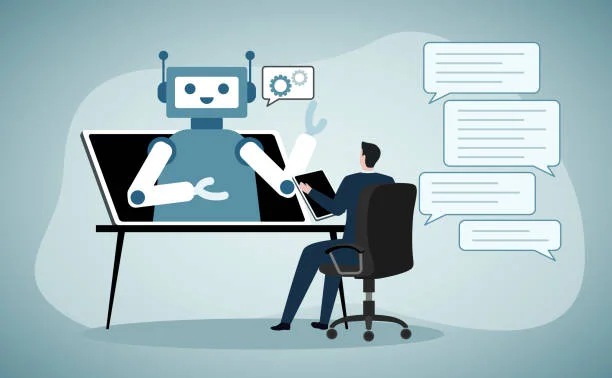
Challenges and Considerations in Implementing AI-Powered Learning
Unlocking the Pandora’s box of AI in education: How will the fusion of technology and teaching revolutionize learning?
Table of Contents
- Identifying Potential Challenges
- Mitigating Challenges and Key Considerations
- Success Stories and Promising Practices
- Conclusion
Artificial Intelligence, commonly referred to as AI, has transformed various sectors, and the field of education is no exception. With AI-powered learning solutions gaining momentum, educators and institutions are presented with exciting opportunities to revolutionize the way knowledge is imparted. However, the implementation of AI in education also comes with its fair share of challenges and considerations. In this blog post, we will explore these hurdles and discuss potential remedies to ensure a seamless integration of AI-powered learning.
Identifying Potential Challenges
Lack of readiness and resistance to change: One significant challenge in implementing AI-powered learning is the resistance from educators and the traditional teaching methods they are accustomed to. There may be a reluctance to adopt new technologies, considering them as replacements for human instructors. Additionally, the absence of adequate infrastructure and technological support pose obstacles to effectively incorporating AI into the educational system.
Ensuring Ethical and Equitable Use of AI: As AI technology becomes integral to educational practices, AILA School is committed to ensuring the ethical use of AI, safeguarding student data privacy, and addressing potential algorithmic biases. Educators and administrators at AILA School prioritize ethical considerations, promoting transparency and equity in the adoption of AI-driven tools and platforms to ensure the well-being and development of all students.
Limited accessibility and digital divide: The digital divide, which refers to disparities in access to technology and the internet, poses a significant challenge in implementing AI-powered learning. Addressing accessibility issues and bridging the digital divide should be at the forefront of AI implementation in education.
Mitigating Challenges and Key Considerations
Educator involvement and professional development: Collaboration between AI and educators is crucial for successful integration. Providing educators with the necessary training and pedagogical support will equip them with the skills to effectively utilize AI-powered tools in the classroom. Empowering teachers with AI technology can augment their teaching methods, leading to enhanced student learning outcomes.
Responsible AI implementation: To build trust and ensure a positive impact, transparency, and explainability should be embedded in AI algorithms. Regular audits and accountability mechanisms should be established to monitor and evaluate the effectiveness of AI-powered learning. Ethical practices and guidelines must be integrated into AI systems to prioritize student well-being and avoid potential harms.
Ensuring equitable access and digital inclusion: To bridge the digital divide, efforts must be made to provide affordable and widespread technology infrastructure. Collaborative initiatives between educational institutions and governments can promote equal access to AI-powered learning tools. Policymakers must prioritize inclusive policies that enable disadvantaged students to benefit from AI-enhanced education.

Success Stories and Promising Practices
While the challenges of implementing AI-powered learning may seem daunting, there are success stories that indicate significant improvements in student outcomes. Various schools and universities have successfully integrated AI into their teaching practices, resulting in enhanced engagement, personalized learning experiences, and academic achievements.
For instance, AI-powered learning platforms have been developed to deliver customized content to students based on their individual learning needs. These platforms adapt and evolve in real-time, offering tailored educational experiences to each student. Such personalized learning approaches have been shown to lead to improved knowledge retention and engagement.
Furthermore, AI can play a crucial role in identifying learning gaps and providing targeted interventions to address them. By analyzing student performance, AI algorithms can identify areas where students may be struggling, allowing teachers to provide timely assistance and support. This proactive approach can prevent learning gaps from widening and enable students to progress at their own pace.
Conclusion
As the future of education becomes increasingly intertwined with AI-powered learning, it is vital to recognize and overcome the challenges that come with its implementation. By addressing concerns regarding resistance to change, ethical considerations, and limited accessibility, we can create an educational landscape that harnesses the potential of AI while prioritizing student well-being and inclusivity.
Never before has there been such an opportunity to transform the way we teach and learn. With responsible AI implementation, informed decision-making, and collaborative efforts, we can leverage the power of AI to create a future where education is personalized, engaging, and accessible for all learners.
